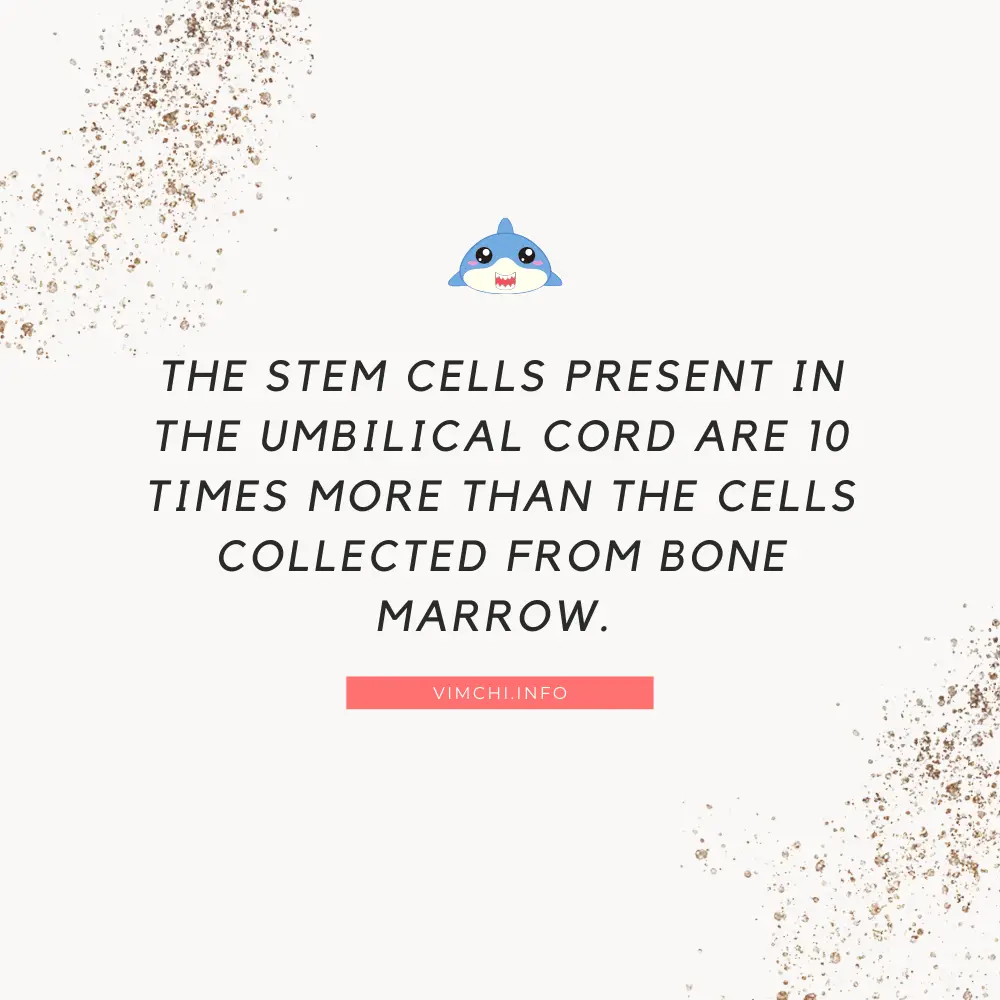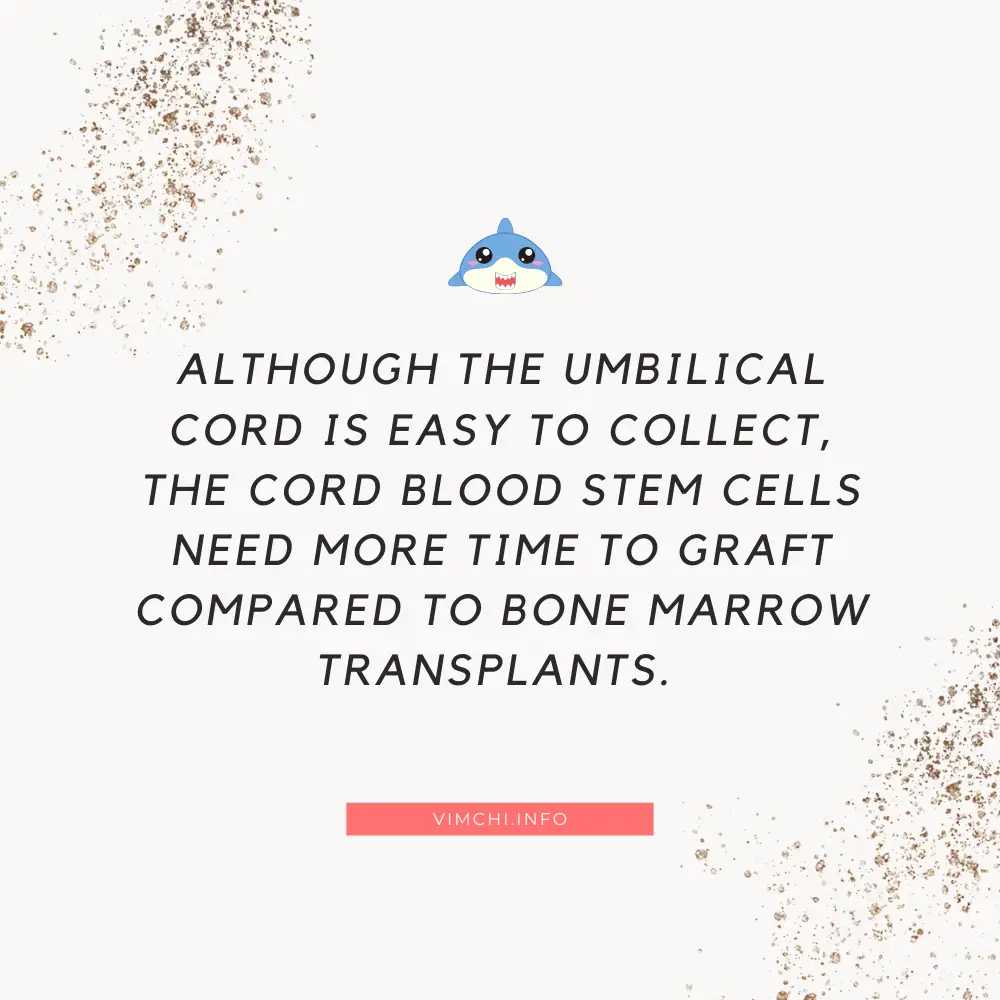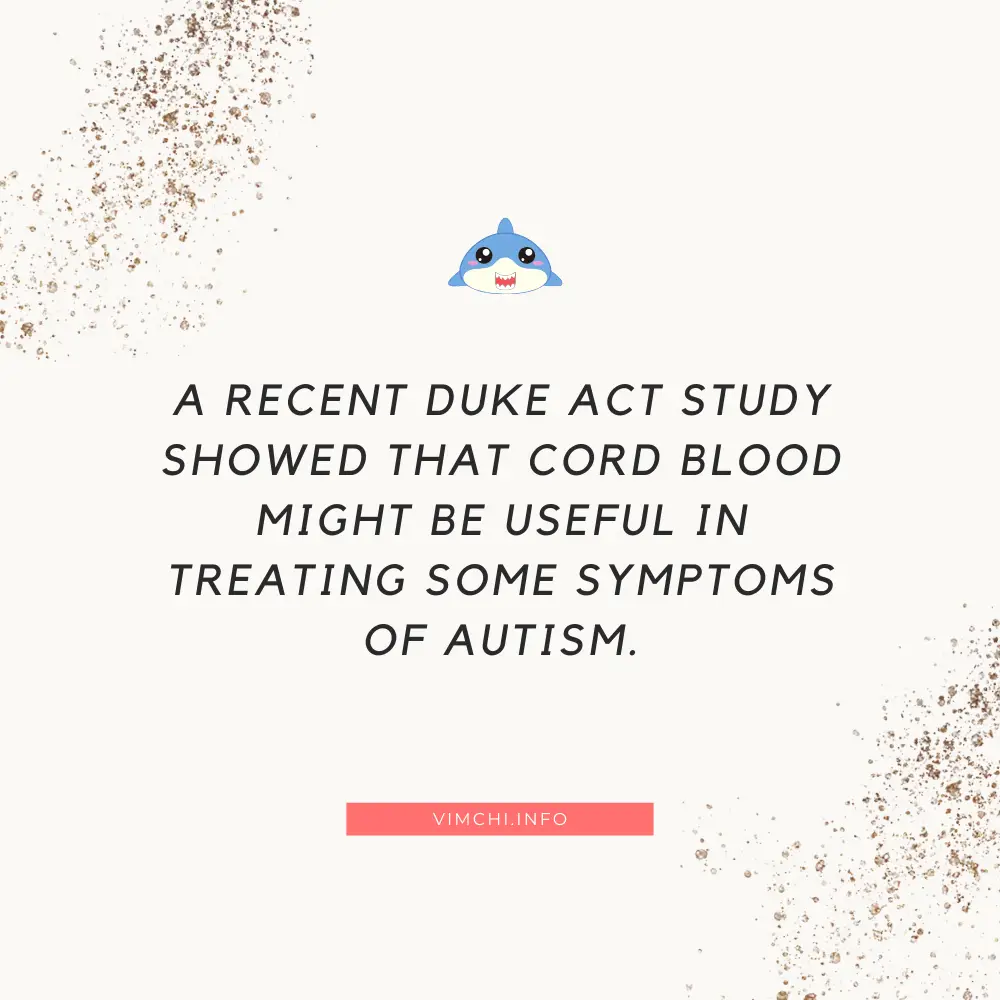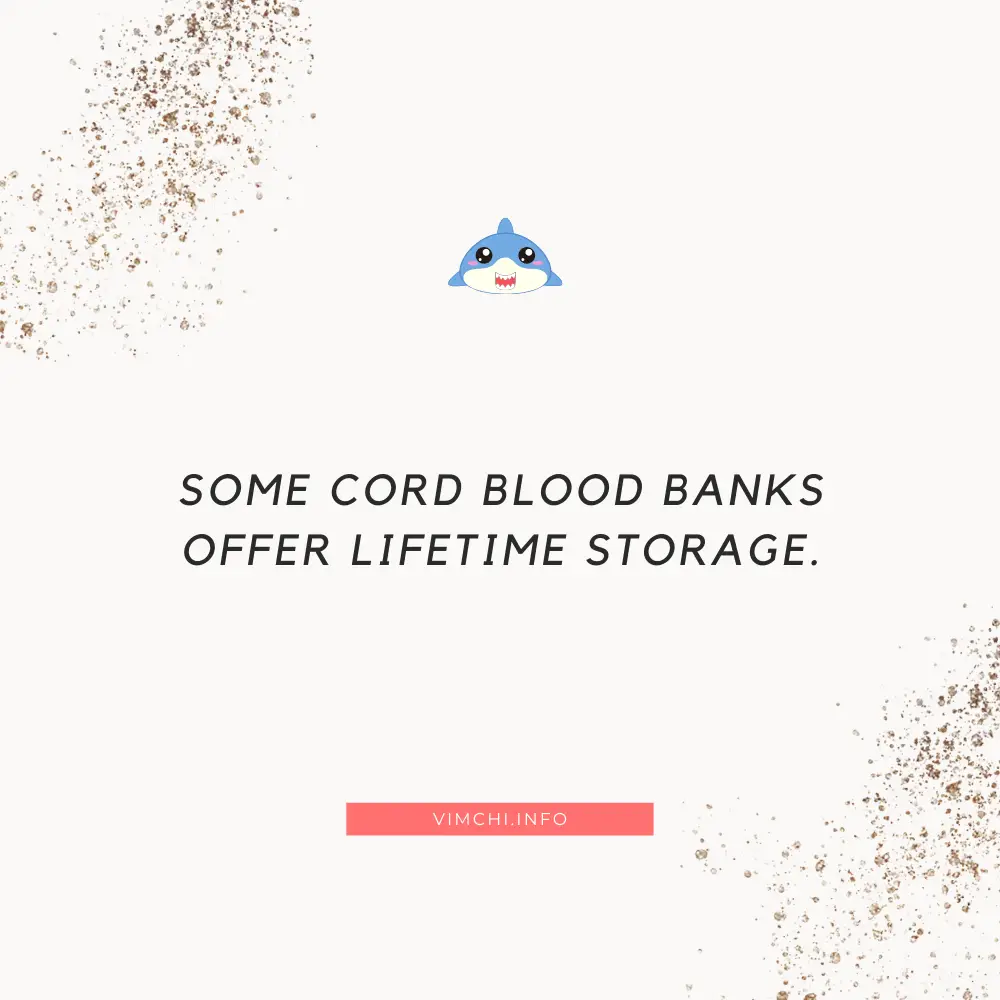The umbilical cord stem cells get little attention once they emerge into the world. However, couples now are given a reason to give these tissues a second look. But before you decide to save or donate, make sure to understand the umbilical cord stem cells advantages and disadvantages.

Let’s first talk about its pros.
Umbilical Cord Stem Cells Advantages
The umbilical cord fluid is precious because it is full of stem cells. These cells can treat cancer and blood diseases, such as anemia.
They are also useful in treating some immune system disorders.
The fluid is also easy to collect.

The stem cells present in the umbilical cord are 10 times more than the cells collected from bone marrow.
Furthermore, the cord blood may not carry infectious diseases. If it does, its occurrence is rare.
The cord blood doesn’t need an exact match to the patient. It’s not the same as transplants from a donor.
It can be used in regenerative medicine. As mentioned, there are different types of stem cells in cord blood. The cord blood cells release cytokines, which are chemicals that tell the body to heal itself.
They can be used as a therapy for babies suffering from cerebral palsy. These cells are also used to treat brain injuries.
Several studies revealed that cord blood stem cells can help the neurologic injury of young children. However, the mechanism isn’t fully understood.
Now that we know the pros of collecting umbilical cords, let’s now talk about its cons.
Umbilical Cord Stem Cells Disadvantages

Cord blood collection is easy. It’s also safe for babies and mothers. However, one collection won’t give enough stem cells to be used in therapy.
Furthermore, when the stem cells are transplanted, there are no more cells that can be used from the same source.
Although the umbilical cord is easy to collect, the cord blood stem cells need more time to graft compared to bone marrow transplants.
Then, a nationwide system is scarce for cord blood collection and storage if you choose to donate the cord blood. Only a few hospitals can collect cord blood for later use.
Some hospitals collect cord blood at certain times of the day. Thus, it limits supplies.
What Can Umbilical Cord Stem Cells Cure?

It’s important to remember that, although cord stem cells are beneficial, they can’t cure all diseases.
Thus, you must run as fast as you can if you go to a clinic that promises you that the cord blood you save will cure any type of disease that you or a family member may develop in the future.
But what diseases can cord blood treat?
They are not common. In that case, the chances of your child developing those diseases are pretty low. However, these diseases affect millions of babies around the world.
A recent Duke ACT study showed that cord blood might be useful in treating some symptoms of autism. However, it was just one study. In that case, we can’t know for sure if autism can be treated with umbilical cord stem cells.
But one thing to remember here is that cord blood can’t reverse autism.
On the other hand, patients with blood-forming system disorders can take advantage of cord blood therapy. That’s why it’s ideal for treating leukemias and lymphomas.
It can also treat sickle cell disease and other disorders that affect the blood and immune system.
Public and Private Cord Blood Banks
Private cord blood banking is expensive while public cord blood is free. Choosing to save your child’s cord blood can cost a lot of money. The initial price can be around $2,000. Then, there’s an annual fee that you need to think of.
For that reason, it makes more sense to just donate it because some children might need it. You don’t have to spend money on saving cord blood.
How Long Does the Cord Blood Last?

If you are thinking of saving your child’s cord blood, you might be wondering how long can it last. What is its shelf life?
The stem cells are stored through cryopreservation. The key here is to properly cryopreserve the stem cells. In that way, when they are thawed to be used in treatment, the stem cells are still alive. Furthermore, they still have the functional capacity to repopulate the cells in a recipient’s body.
Dr. Hal Broxmeyer stated that his lab thawed 23-year cryopreserved cord blood. His team found that the stem cells are still viable. The number hasn’t diminished.
In that case, cord blood can be stored for decades. The potency of the cells for transplantation will remain.
But some cord blood banks offer lifetime storage. However, research doesn’t support this shelf-life yet. More studies are needed to know if stem cells remain viable after being preserved for 23.5 years.
In the future, however, longer storage options might be available.
Conclusion
There are more advantages of umbilical cord stem cells than disadvantages. Thus, we can safely say that umbilical cord stem cells are beneficial.
But parents need to weigh the pros and cons of donating the umbilical cord or saving it.
To help you weigh your options, you may read first the cord blood uses. Then, you might want to find out if cord blood banking is worth it. If you have decided to save it, find out how much it will cost you.
Speak Now ... Or Forever Hold Your Peace